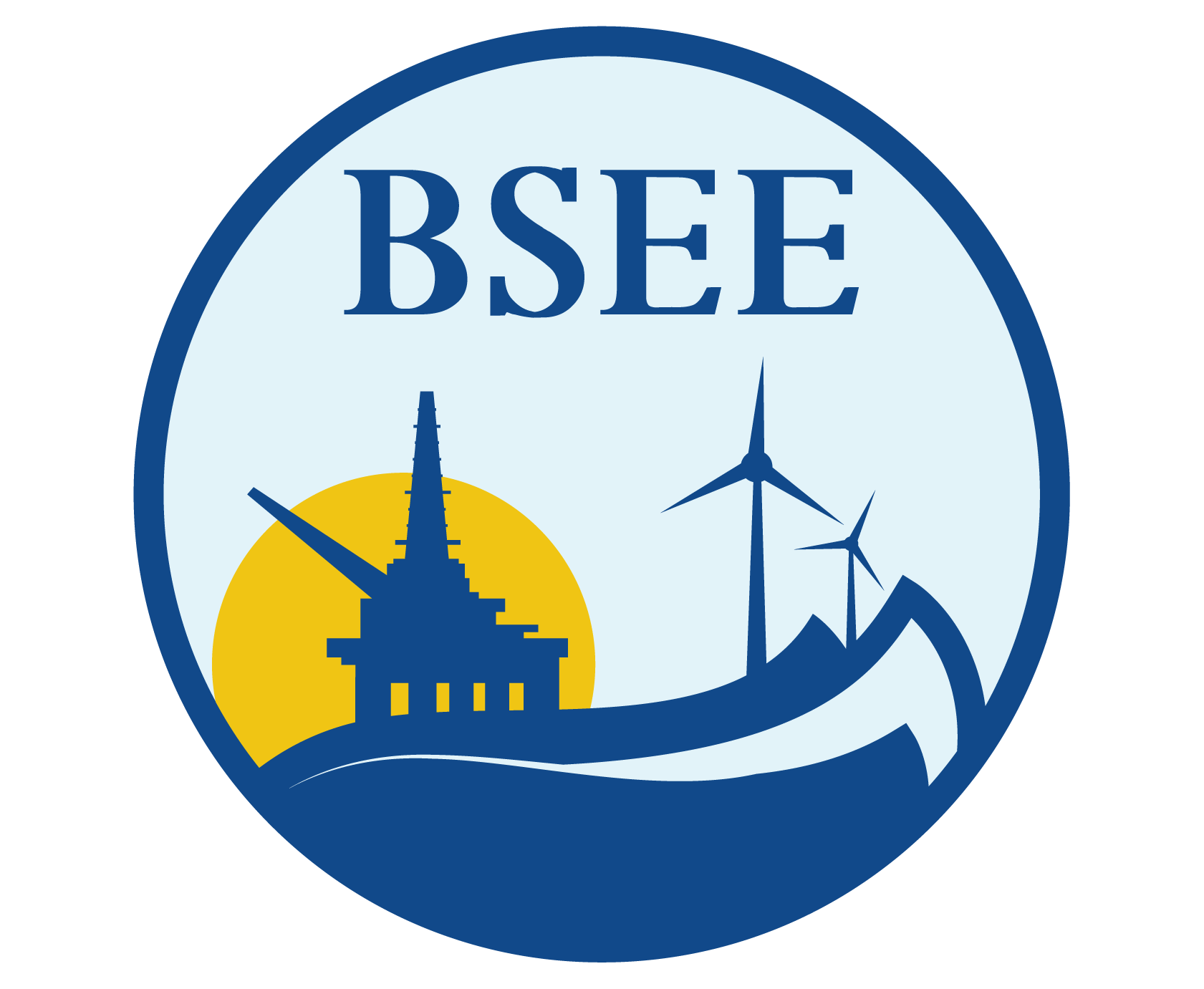TAP-580-Hindcast Data on Winds, Waves and Currents in Northern Gulf of Mexico in Hurricanes Katrina and Rita (2005)
The objective of the study is to develop a database of wind, sea state and currents resulting from Hurricanes Katrina and Rita meteorological data and application of advanced hindcast models. Oceanweather Inc. (OWI) responded to urgent industry needs for a preliminary assessment of the impact of Hurricanes Katrina and Rita by performing and distributing to several offshore operators an emergency response (ER) wind and wave hindcast.
